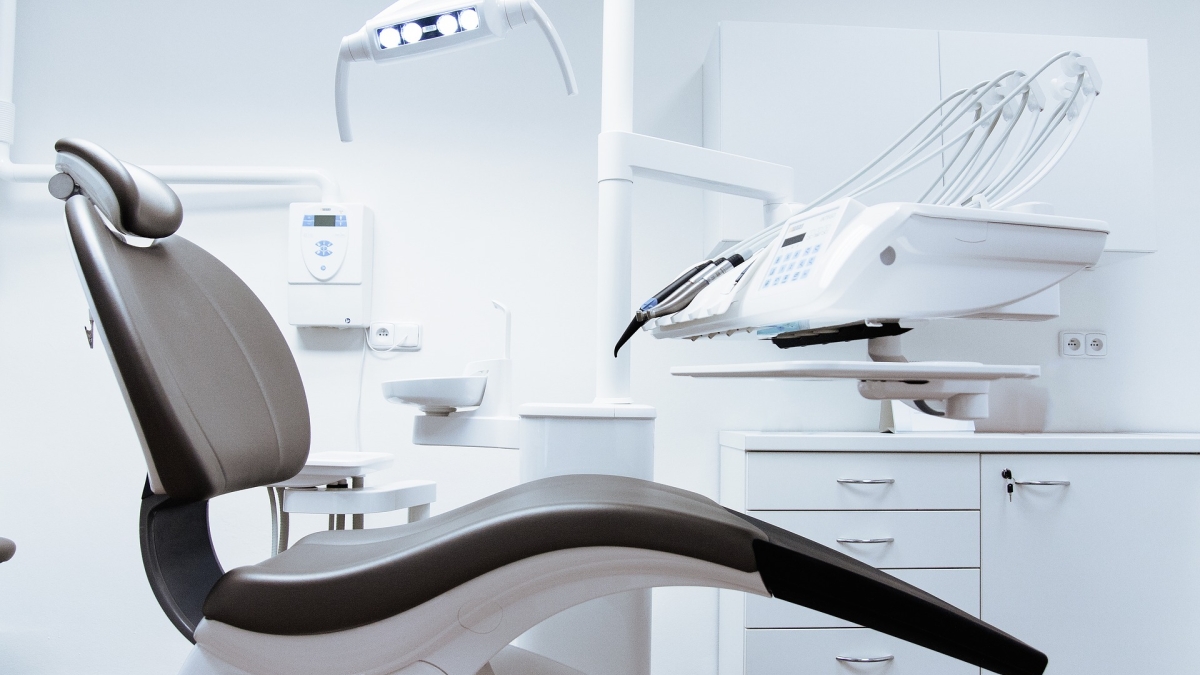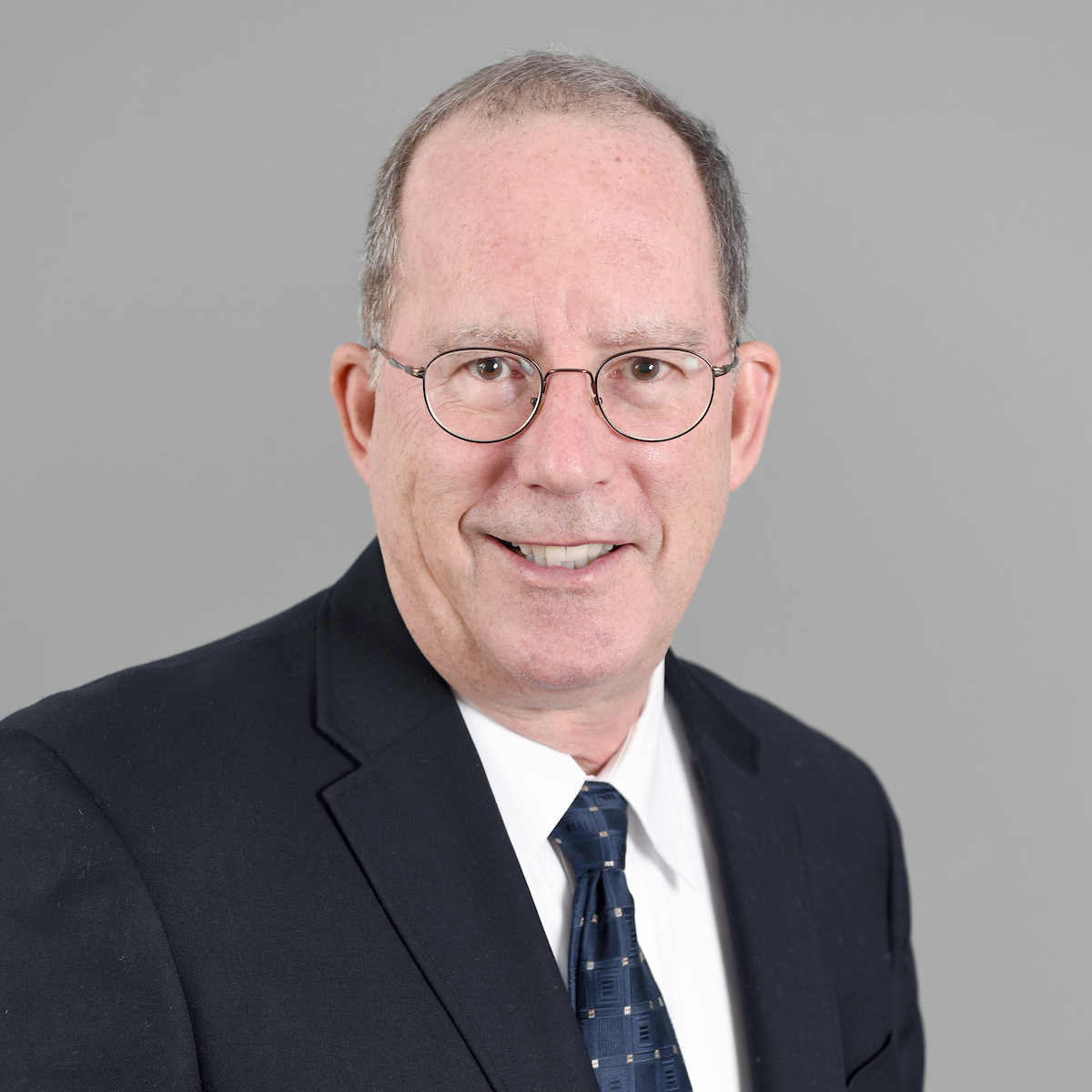People don’t go to the dentist for lots of reasons: fear, lack of insurance, reluctance to take too much time off work. And if you’re an Arizonan who is dependent on Medicaid or Medicare for oral health care, there’s an even slimmer chance you’ll make that appointment. There just aren’t enough dentists to go around, much less the public funding available to pay for even the most basic services.
Given that tooth decay is one of the most preventable chronic diseases that research has linked to more serious — and more expensive — health problems, figuring out how to deliver cheaper oral health care to more people at a younger age is a cost-effective and efficient way to significantly improve everyone’s health overall.
One Arizona State University researcher has been working for the past four years to make that happen for Arizona’s children.
William Riley, professor at the College of Health Solutions, has created the National Safety Net Advancement Center at ASU. The center is working to build a statewide coalition of oral health care providers and payers, policy leaders and legislators to change the way oral health care is paid for and delivered to thousands of children in Arizona who lack access to basic dental care.
William Riley
Funded by $2.4 million in grants from the Robert Wood Johnson Foundation, the center is working on the adoption of what is known as the value-based payment method to reimburse for oral health services. With value-based payment, providers would be rewarded for the quality and results of their work rather than the number of procedures they do.
Right now, Medicaid and other safety-net insurance organizations reimburse dentists on a fee-for-service basis that pays them for the volume of services they provide, not the outcome or quality of that service. Riley recently spoke with ASU Now about how value-based payment for oral health care would radically improve the health of thousands of Arizonans.
Question: Why are you focusing on a value-based payment system to pay for oral health care?
Answer: Value-based payment approaches are showing promise in improving general health care, but the model hasn’t really been applied to oral health care on a large scale. Since 2015 the Centers for Medicare and Medicaid Services started pushing both private and public payers to use value-based payment systems to reimburse providers for medical care because it incentivizes the best care at the lowest costs.
With value-based payment in oral health care delivery, you pay to proactively prevent oral disease rather than pay for services that treat disease after it occurs. More than half of Arizona's children have experienced tooth decay by the time they reach kindergarten, considerably higher than the national average, which stands at around 36 percent. Putting the emphasis on prevention has the potential to improve the health of our communities in a very significant way.
Q: What would value-based care look like in Arizona?
A: Right now, with the fee-for-service payment system, dental care providers get paid per visit and per service, so if dentists stretch out those visits, they get paid more. There are different ways to structure value-based payments, but with one of the value-based programs we’ve designed, a provider would get paid for performing a standardized bundle of five preventive treatments that could be done in one visit and paid for at one price. For children that would be X-rays, a dental exam, teeth cleaning, a fluoride treatment and a treatment plan. Adults would get the same thing with the addition of an exam for gum disease. If all these services are done in one visit, the insurer agrees to pay the dentist at a higher rate, so now you’re paying for quality because evidence shows these treatments are highly effective in preventing tooth decay, but you’re paying less overall since they’re all being done in one visit. Not only does the patient receive more effective care at a lower cost, it also frees up the dental chair for more patients because now you’re not stretching treatments over several visits for just one person.
And you can see the convenience for parents. It’s a problem for working parents to take off multiple days to keep multiple dental appointments for their children, but bundled treatment means taking off only one day from work. Access isn’t always about money. It’s about time, too. With the way dental care delivery currently stands, a dentist knows that if they have 1,000 child patients, at least half of them aren’t even coming to the dentist. Value-based paying focuses on all the potential patients, not just the patients who come to the dental clinic.
Q: How is the National Safety Net Advancement Center making this happen?
A: Last March we hosted representatives from all the major stakeholders in oral health care delivery in Arizona for the first Oral Health Summit on the Transformation of Health Care and Finance. The Arizona Dental Association, public health practitioners, public insurance payers like Medicaid, dentists and other oral health providers, legislators — we got them all together and started coalition-building conversations about how to bring an oral health value-based payment framework to Arizona. Because we’re focused on the safety net, we’re working with many oral health payers that are Medicaid-based, but many private payers are committed to value-based care, so we’re partnering with many of them as well. In December we hosted them again for the next phase of the process to discuss specific ways we can advance payment reform among all our oral health care stakeholders.
Q: What’s next?
A: We’ve been writing for scientific journals and presenting at national conferences about what we’ve learned about value-based payment for oral health. We’re also partnering with A.T. Still dental school to pilot test some of these value-based approaches in an actual dental practice.
In addition, we’re working to make the National Safety Net Advancement Center a sustainable resource to continue working with our stakeholders because we believe that our approach is the best way to create change. We are truly collaborative and are helping our state leaders, payers and providers work together to develop an approach that works best for everyone.
The alternative is to have the state Medicaid program develop the payment system, which can cause an adversarial relationship between payers and providers. It’s better to develop a good payment system by working with all the stakeholders, forming a consensus and mutual agreement. An established resource and research center would make that a long-term solution. We’re trusted and we’re neutral. Our role is to help all these groups overcome the hurdles to payment reform. I think that’s by far the best way to do it.
Top photo by StockSnap/Pixabay
More Health and medicine

The science of sibling dynamics: Why we fight, how we relate and why it matters
We have Mother’s Day, Father’s Day and even Grandparents’ Day. But siblings? Usually they get a hand-me-down sweatshirt and, with any luck, a lifetime of inside jokes.But actually, there is a…

New study seeks to combat national kidney shortage, improve availability for organ transplants
Chronic kidney disease affects one in seven adults in the United States. For two in 1,000 Americans, this disease will advance to kidney failure.End-stage renal failure has two primary…

New initiative aims to make nursing degrees more accessible
Isabella Koklys is graduating in December, so she won’t be one of the students using the Edson College of Nursing and Health Innovation's mobile simulation unit that was launched Wednesday at Arizona…



